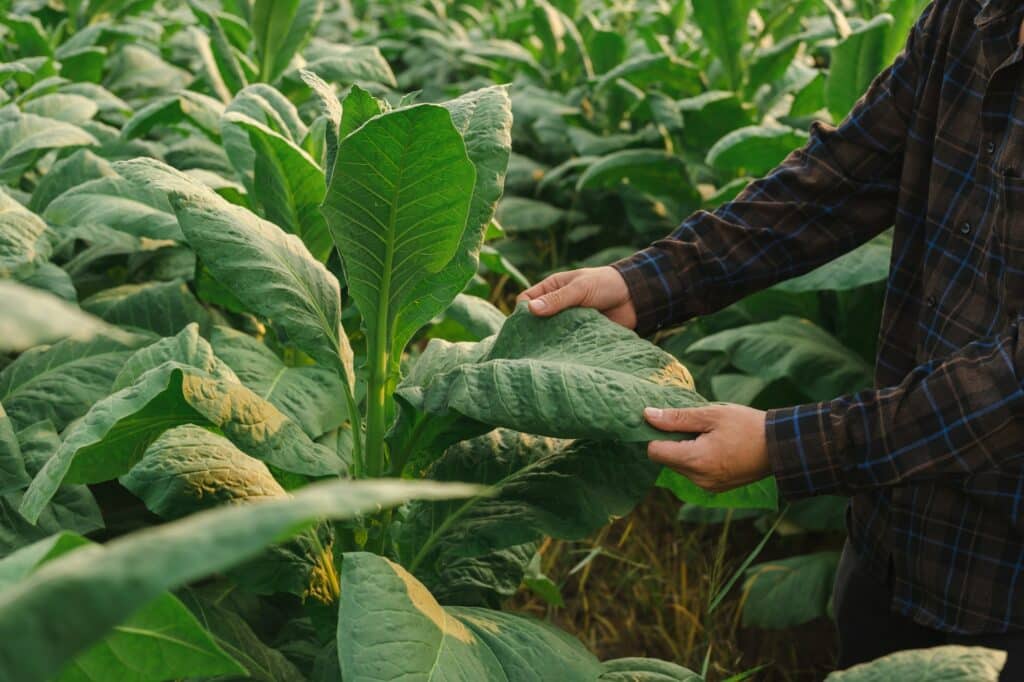Cigar blending requires the same level of dedication and expertise as producing fine spirits, brewing beer, or growing coffee and tea. It involves a delicate blend of science and art, with flavors influenced by the soil where tobaccos are grown and the variety of leaves used. From hundreds of types of leaves grown from only a few plants, cigar blenders carefully select and age the perfect combination to be hand-rolled in a distinct style by skilled masters. Ultimately, the complex process results in a cigar with a unique flavor profile.
Origin of the leaf
In addition to Cuba, the Dominican Republic, Nicaragua, and Connecticut (U.S.), cigar tobaccos are grown throughout the world. Similar to how the climate can affect how different wines taste year after year, the soil and climate of these tobacco-producing regions can alter the flavor of cigars.
The flavors of the cigar are also influenced by how the different leaves are mixed. For example, a cigar containing tobacco grown in Honduras, Nicaragua, and Cuba will have a different flavor than a cigar with only Nicaraguan tobacco. As a chef mixes different ingredients to create new flavors, a cigar’s taste is determined by how the creator combines various tobacco leaves.
Wrapper of a cigar
In addition to affecting the cigar’s flavor, the wrapper also plays an important role in determining its personality. Experts look at the wrapper when examining a cigar very closely. A cigar with no imperfections means that it has not been exposed to extreme conditions which could alter its taste and flavor. When a cigar is free of imperfections, it means that it has not been exposed to extreme conditions that could alter its taste and flavor.
Binder and filler
Fillers are essentially the meat of cigars, and contain the highest percentages of tobacco. Depending on where the tobacco is grown, both the filler and the binder contribute to the cigar’s flavor. The binder serves as the backbone that gives the wrapper and the filler their shape.
Cigar Burning Process
There is a direct correlation between how your cigar is burned and its flavor. Cigars are supposed to burn in an even manner, with tobacco arranged to produce a particular taste as they burn. It is pretty common to smoke a cigar that starts with a mellow taste, then changes into a different flavor as it burns.
Cigar flavors include:
A cigar’s spicy or herbal flavor may include tea, nutmeg, licorice, cardamom, black or red pepper, cumin, or clove.
Flavors of roasting or toasting – Many cigars have strong hints of nuts, almonds, marzipan, and pistachios.
Grass, hay, moss, wood, and tea flavors may be detected in a cigar.
Cigars can emit fruity flavors such as cherry, apple, citrus, and others, although they aren’t very prominent.
The earthy flavor of a cigar is often due to the soil in the region where the tobacco is grown and harvested.
Due to the diversity of human taste buds, smokers may not experience the same flavor combinations. A cigar smoker may experience strong hints of a particular flavor while another may experience much less of it. However, you will be able to understand where the flavors came from if you taste them similar or different to those of another smoker.

